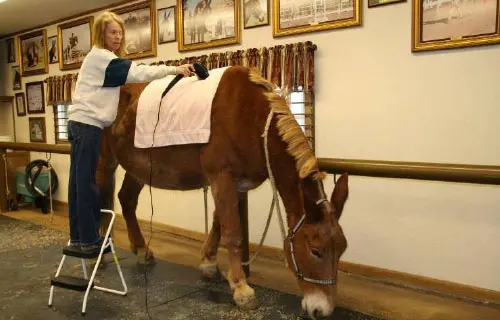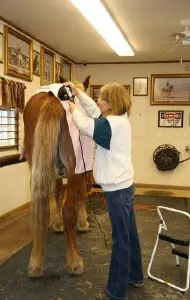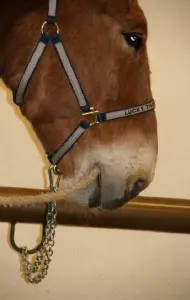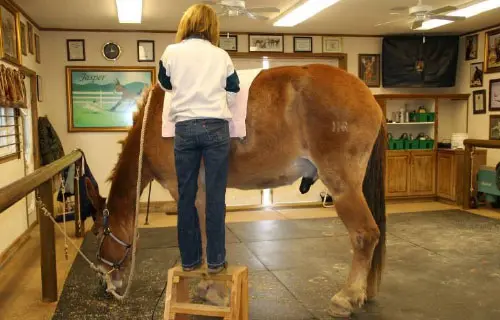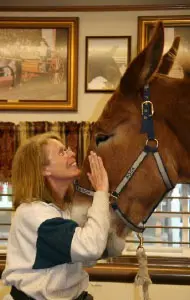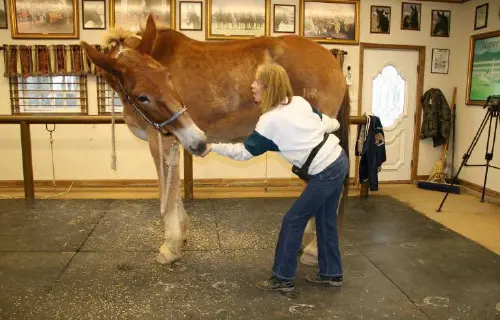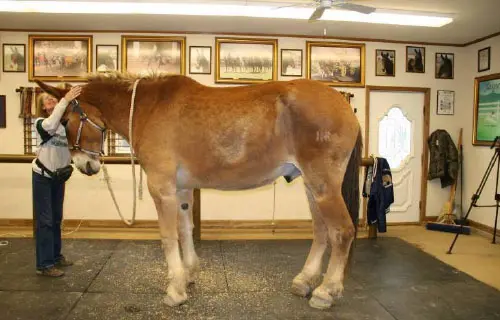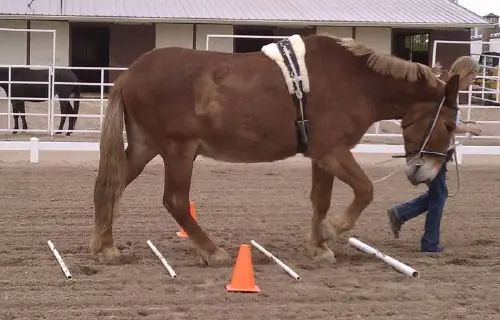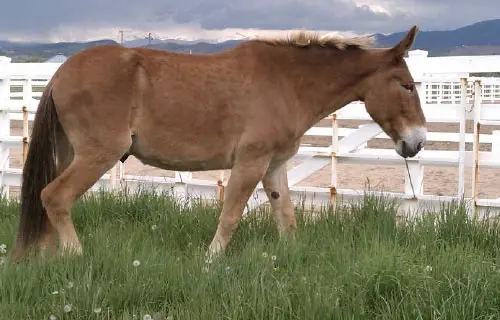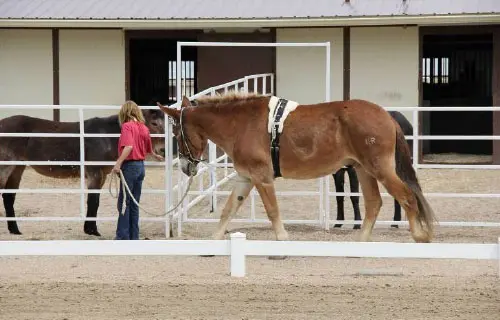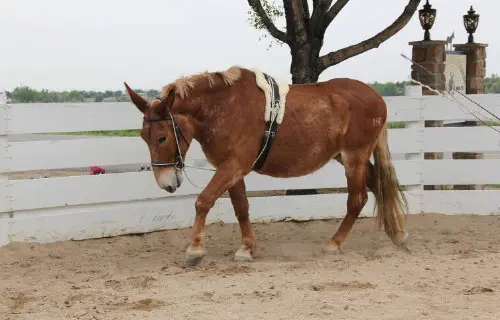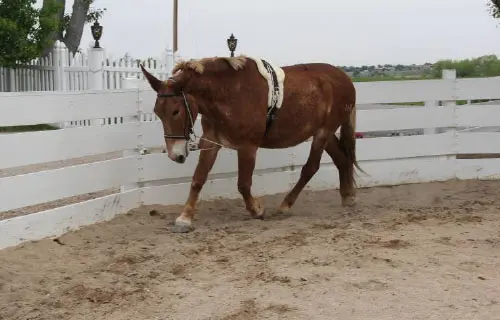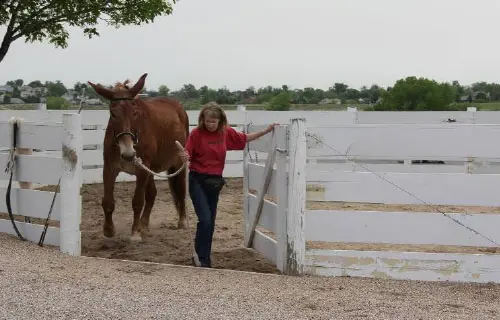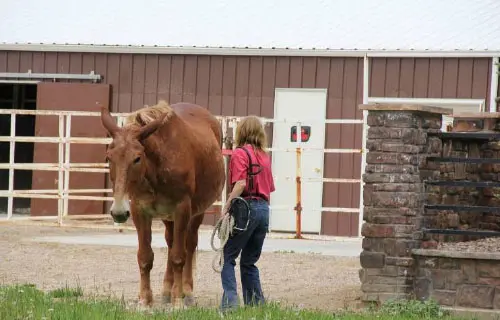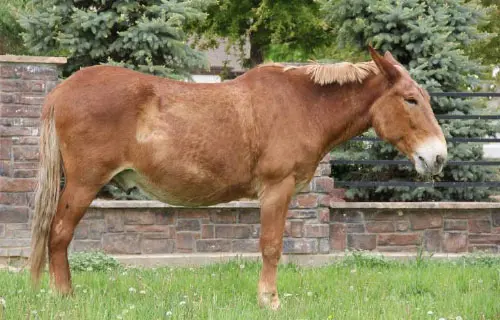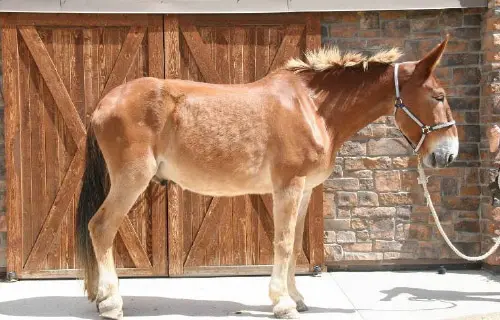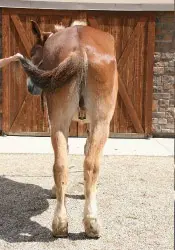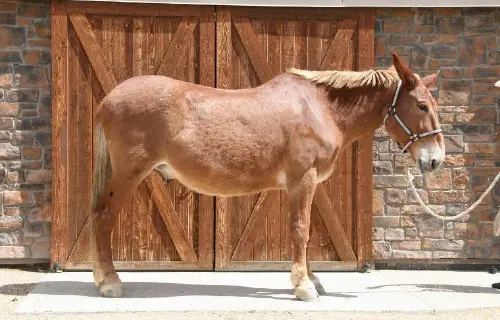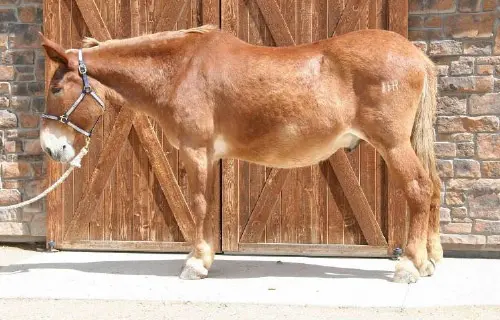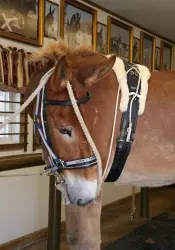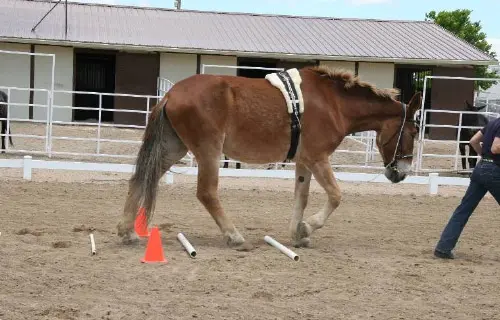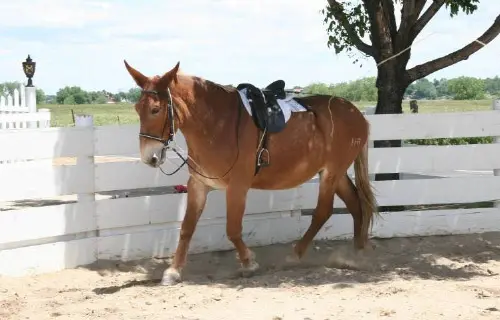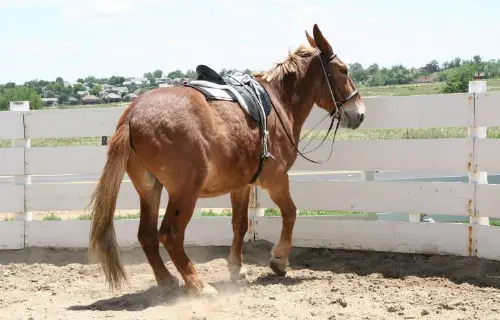2011 – Rock & Roll – 5-18-11 – INDOOR ARENA TRAINING
5/18/11: Rock and Roll were both very happy today and are really looking a lot better overall. Both of them tried to eat the curtains during grooming which shows they are feeling better. Rock stood on both hinds equally during grooming today and seemed more comfortable after getting his new shoes. However, when he began to move, it didn’t take him too long to start to get sore again however he is bending his joints and breaking over his toes behind now. Dean Geeson the farrier said he might be sore with the new shoes for about 2 weeks, so this was to be expected. This will happen when you change the angles on the feet, especially since he is compromised. So, he may be sore for the next week of exercises, but he should do well on weeks 3-6 before he gets sore again. Roll’s tendon is improving significantly. What was a rather large knot of scar tissue on his left tendon above the hock (may have been injured by a snapping trace chain) is now only a small bump of scar tissue. Roll is moving out from the halt on command now and both are placing their feet on verbal commands alone. Both mules trotted the long side well. They are both continuing to improve and are beyond what we ever expected to achieve with them.




Rock let me know his hip was sore. Rock baubled over this one, but recovered well.






































